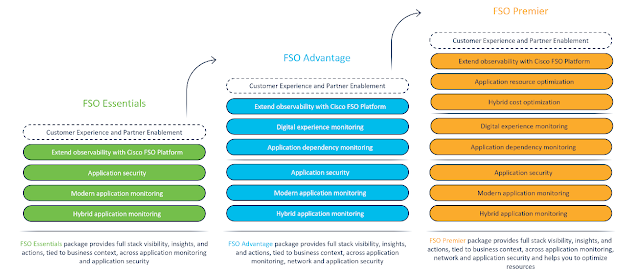A typical day’s tasks for today’s modern worker are frequently distributed across multiple devices, applications, and locations. They could be working from home, analyzing CRM dashboards, and later, they might be at a coffee shop reviewing slides for an upcoming customer meeting. Perhaps they then head into the office for team meetings, followed by catching up with emails and messages on the commute home.
For a networking and security leader, a typical day looks very different. Those individuals need to ensure that the WAN is delivering a superior app performance connecting users to applications wherever they are. They also need to know if an untrusted device is being used to access confidential CRM dashboards. How is network traffic being secured outside the office? How are apps and services being accessed and secured?
Multiply these security concerns by the number of employees at numerous office locations, and then factor in technology-led business transformation initiatives, and we start to understand the complexity facing IT to secure and connect hyper-distributed users and resources everywhere.
Choose the right security
We hear you loud and clear—security and high performance are top priorities. In the face of constant change and increasing complexity—especially over the WAN—organizations must implement security technologies that converge with their SD-WAN, enforcing them as close as possible to users and workloads. For the most effective implementation, this will require security hosted on-premises and in the cloud that ensures the best possible app performance.
The importance of security with SD-WAN was acknowledge by Gartner in its recently published 2023 Magic Quadrant for SD-WAN report, which provides an annual evaluation of the SD-WAN market for IT leaders. We feel this year’s report includes the most thorough assessment of security capabilities—hosted on-premises and in the cloud—since Gartner Magic Quadrant for SD-WAN began.
In 2023, Cisco was named a Leader for the fourth consecutive year.
At Cisco, we work closely with our customers and partners to better understand their challenges so we can build products and solutions that support their long-term goals. These continued partnerships provide us with the insight to deeply ingrain advanced security technologies into Cisco SD-WAN.
- The right security: Stateful firewall, intrusion detection systems (IDS), intrusion prevention systems (IPS), advanced malware protection (AMP), URL filtering, HTTPS inspection, data loss prevention (DLP), cloud access security broker (CASB), and more—are all natively informed by the world’s largest commercial threat intelligence team, Talos.
- Hosted in the right place: On-premises or in the cloud (native or third party) hosting ensures that security policies are enforced closely to workloads and users.
- SASE your way: WAN appliances provide the building blocks to effortlessly chart your own journey.
Seek real-world validation
With a highly dense market of network security technologies and products to choose from, understanding which solutions will perform best for your environment and be the right long-term strategic fit can be confusing. While there is no substitute for testing solutions in a production environment, independent testing that mirrors real-world conditions can help identify top performers and refine a shortlist.
Miercom, a leading independent product test center, conducted a thorough evaluation of Cisco’s security and SD-WAN technologies delivered through Cisco Catalyst and Meraki WAN appliances. These tests were meticulously designed to match real-world conditions as closely as possible, instead of a theoretical laboratory environment.
Figure 1. According to leading independent product test center Miercom, Cisco’s malware efficacy is 25% better than the industry average. Across 11 malware exploit categories, Cisco averaged 98% malware efficacy.
Maximize your WAN
The WAN is central to an organization’s success. In addition to an uncompromising commitment to security, we continue to push Cisco SD-WAN beyond traditional expectations to help IT leaders maximize the potential of the WAN for their business through:
- Delivering high performance, irrespective of where users and workloads live, to provide a superior experience wherever users and workloads are.
- Simplifying cloud migration with integration and streamlined workflows for AWS Cloud WAN and Microsoft Azure Virtual WAN.
- Enabling secure, long-term remote work strategies with Meraki Z4 and Catalyst CG113 secure teleworker gateways.
- Providing continuous visibility across all the hyper-distributed internal and external domains with instant activation of Cisco ThousandEyes, which leverages predictive patch recommendations (PPR) to deliver proactive feedback, enhancing the user experience for critical application performance across the SD-WAN fabric.
- Enabling agile business models using 5G fixed wireless access through indoor and outdoor Meraki MG51 and Catalyst CG522 cellular gateways.
Build a long-term strategy for simplicity
At Cisco, we’re committed to helping organizations simplify IT. Our vision is to create a simpler network management platform experience to help customers easily access and manage Cisco networking products from one place—the Cisco Networking Cloud.
The distribution of users and resources will continue to evolve along with the IT landscape, creating new complexities along the way. Simplifying the IT experience enables IT to better automate, analyze, and diagnose issues—supporting a framework that is well-positioned to evolve alongside the modern hyper-distributed network and helping to secure and connect hyper-distributed users and resources, no matter where they are located.
Source: cisco.com


















